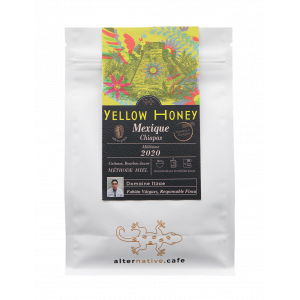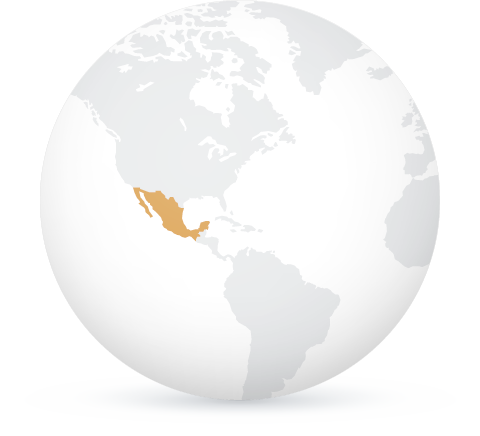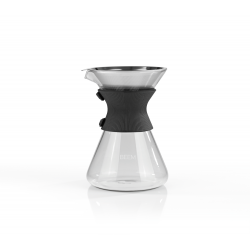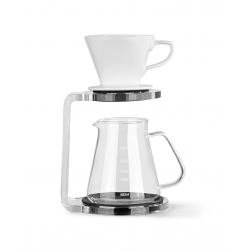Yellow Honey
This coffee is a perfect starter for those who want to discover coffees following the "honey" method of preparation. The aromas developed are subtle and reveal the unsuspected potential of the beans.
- Origin Mexico
- Varietal Catimor, Bourbon Jaune
- Altitude 1250 m
- Preparation Honey
- Roast Type Medium



Fabián, following his father's path, takes care of the management of the Estate and supervises the honey methods in collaboration with an agronomist engineer.
The story behind
This coffee is the result of the efforts of the entire community gathered around the project of bringing back to life an area that could change the world of Mexican coffee.
Here, roasting at origin was decisive, and this in two ways. First, it was because they wished to roast at origin a Mexican coffee that the team realized they needed to have control over the beans they would roast, and thus found an estate. Then, roasting at origin led to the implementation of processes to improve the techniques, of which continuous tasting became a must.
After planting locally adapted varieties of coffee trees, they focused their efforts on mastering cherry and bean processing techniques in order to explore the richness of the aromas that coffee can offer. From the hand-harvested and rigorously processed beans from the same 60-hectare plot, 5 different coffees were born, which offer a wide range of tastes, aromas and personalities.
The estate masters the different variations of the so-called "honey" method, a method difficult to implement as the factors that can affect the grain are numerous. This gives a very special coffee, surprising to the even enlightened consumer.


What is the yellow honey method?
For the Yellow Honey coffee, only a small portion of the cherry mucilage is kept around the beans. After fermentation, the coffee dries for 14 days on African beds.







